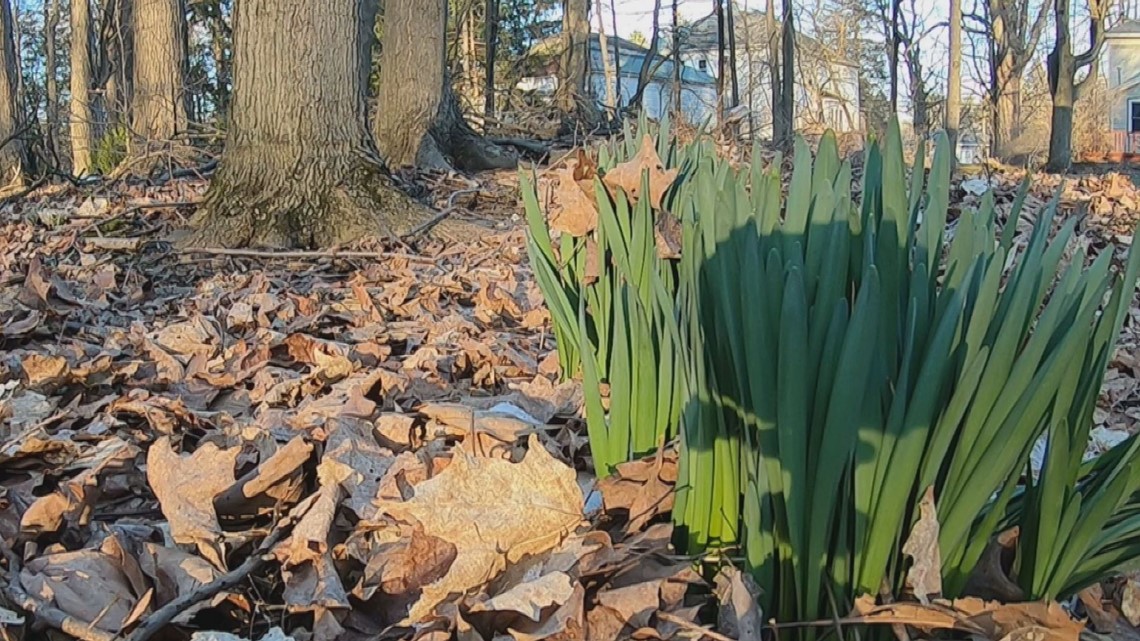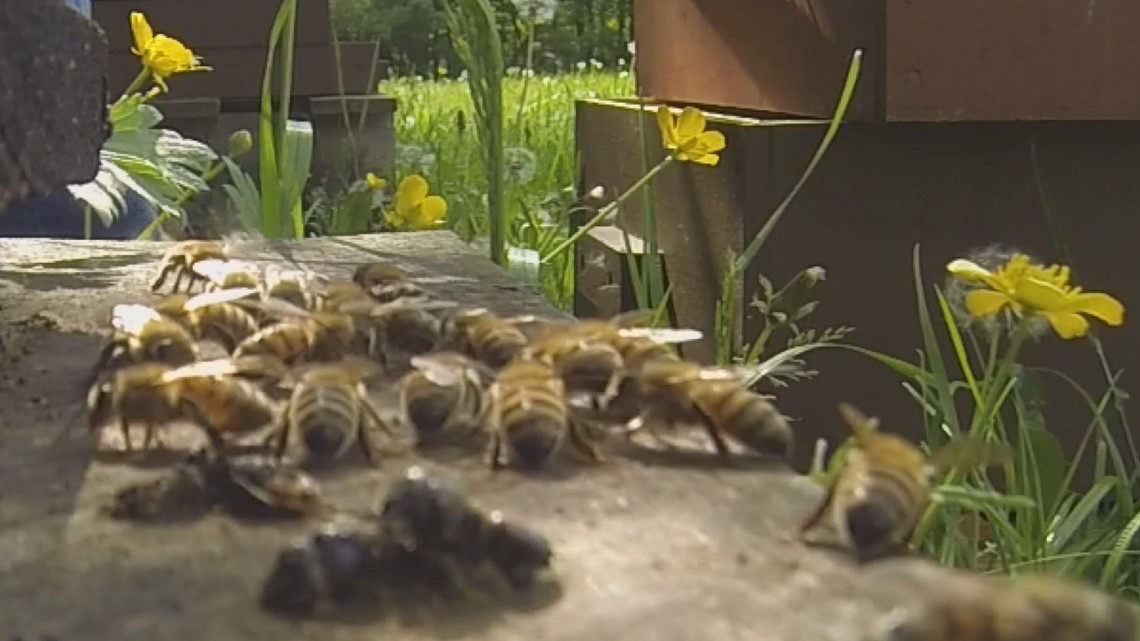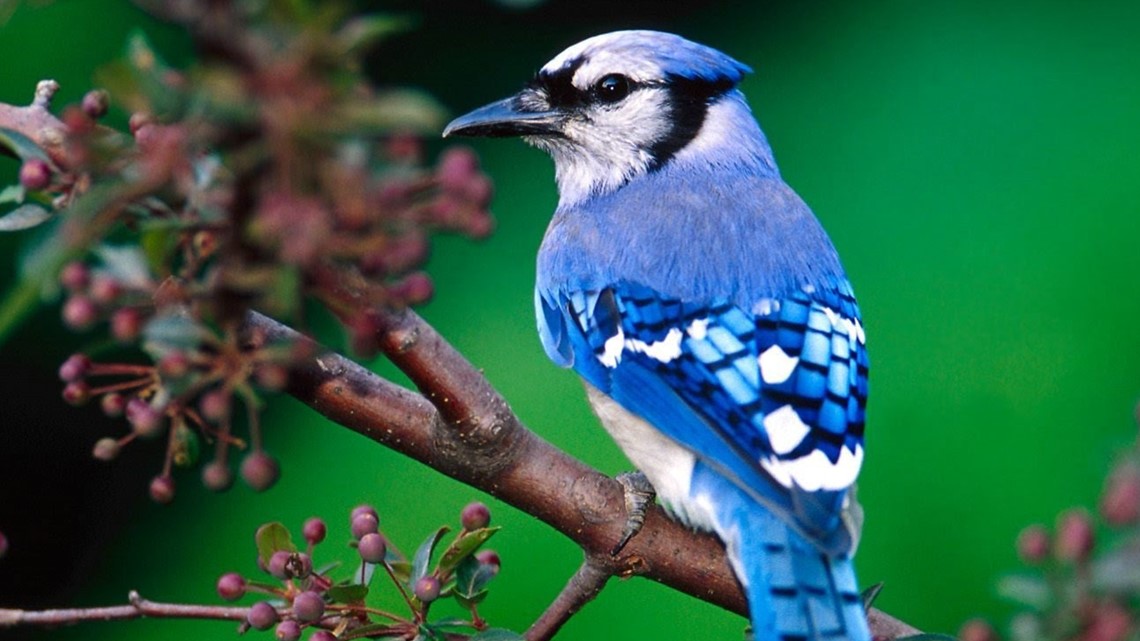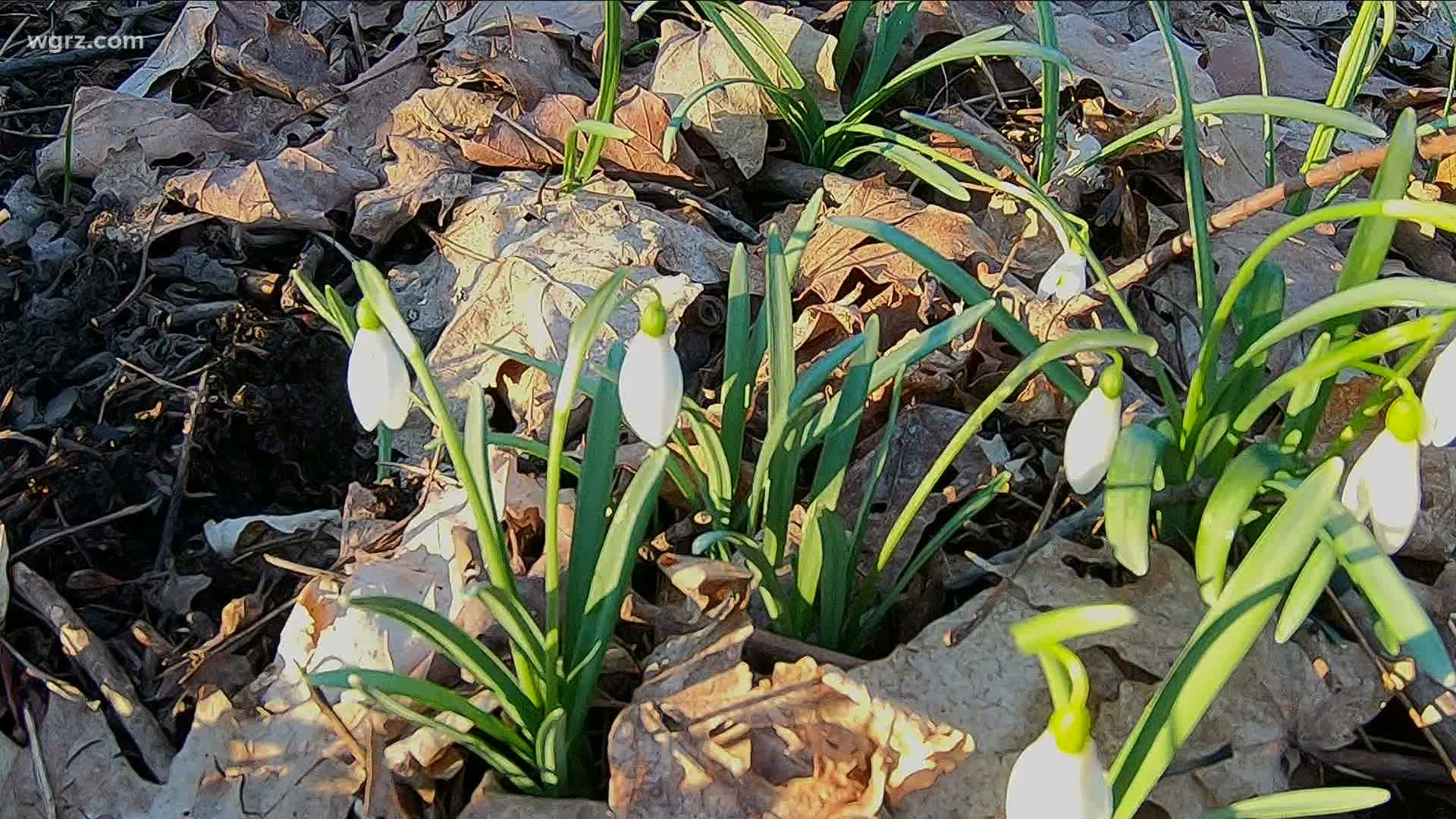FREDONIA, N.Y. — Now that winter's grip has been released, both flora and fauna are yearning to return. Birds are a bellwether for the change of seasons but plants and trees are never far behind. The increased light and warmer temperatures are calling nascent life back from their dormancy.
Jonathan Titus, SUNY Fredonia Biology Professor, explains.
"Smaller plants, for example, Spring Ephemerals, they are responding to both temperature and also light, and of course it varies between different species. One of the major chemicals that does this are called Phytochromes," Titus said.
Phtyochromes act on a cellular level and are critical to the function of plants this time of year.


"There's a whole family of Phytochrome molecules, and what they can do is sense different light wave lengths and temperatures." Titus says. "And that will then feed back into telling the plant what to do, with for example hormones and gene expression."
The emerging plants have to be in concert with other life in order to complete their reproductive cycle. "Over tens of millions of years they've gotten in synch with pollinators or with wind pollination, depending on what their strategy is. But if you're using pollinators, you have to make sure the pollinators are out and ready. So you need to be reading the time of year. And this is called Phenology, or the dance of life."


It's a dance that's both beautiful and fragile. Titus says that the threat of Climate Change may already be having an effect. The timing of the insect hatch in spring is also critical to life other than plants. "Those insects are supporting songbirds, which then, already they've seen this where the birds are raising their babies, and the caterpillars are not there, because the timing is off."


So as we emerge from our own winter hibernation, let spring remind us that all creation is connected." We're all tied into the seasons. "We definitely share this commonality, all life."

